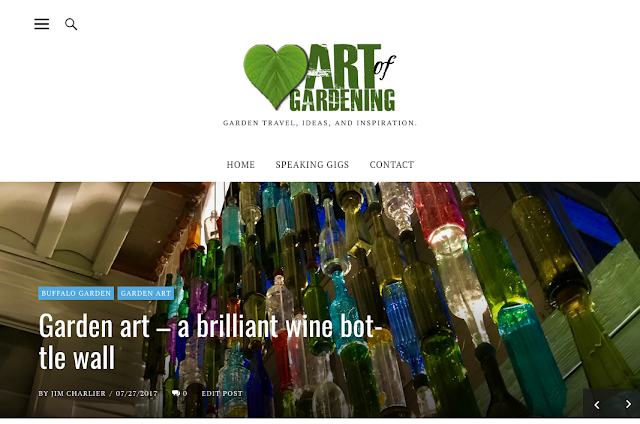Vining your medieval home or business...
While in Germany a couple weeks back, we spent a night in the charming medieval walled city of Rothenberg ob der Tober. Rothenberg is along the Romantische Straße (Romantic Road), a former trade route during the middle ages, now a tourist-trappy route through Germany.
 |
| This is the space allotted for the vine in the photo at the top |
 We had visited Rothenberg in the early '90s and had been jonesing to get back there again. Not much has changed. Actually, not much has changed since the 1100s. I was intrigued by the vines over many of the buildings. Conventional wisdom here at home is to NEVER attach vines to your house, you'll be in for a world of (financial) hurt at some point when you need to paint or repair. But we typically don't live in centuries old walled cities. Gated? Yes. But that's different.
We had visited Rothenberg in the early '90s and had been jonesing to get back there again. Not much has changed. Actually, not much has changed since the 1100s. I was intrigued by the vines over many of the buildings. Conventional wisdom here at home is to NEVER attach vines to your house, you'll be in for a world of (financial) hurt at some point when you need to paint or repair. But we typically don't live in centuries old walled cities. Gated? Yes. But that's different. |
| Not a vine -- a pear tree -- planted in the space of four cobblestones. |
 |
| It's not a vine -- it's nasturtiums! |
This only gives encouragement to an urban gardener on a small lot, like myself.







Beautiful! I'm rather partial to the towns along the Romantic Road myself and I think it is an especially beautiful corner of the world.
ReplyDeleteI wish I knew what the people of Rothenberg were doing for their plants to make them look so healthy. And I would have thought those roots would have uptilted at least a few cobblestones by now.
I surfed around your site with the help of 'you might also like:'and found all the miniature posts. These models are quite impressive. Their sense of humor had to be an interesting find with all the tedious work that went into these mini environments.I see why you are fascinated by them. The trains are almost secondary to the tiny gardens and little towns, but not being a guy,I guess I don't get the train part.
ReplyDeleteI've been to Rothenberg only once, and that was at a very gray time of year, so I didn't notice all the ways the Rothenbergers grew their plants. This is fascinating. It's such a charming little city.
ReplyDeleteThe pear tree reminds me of those trees you see in the woods whose roots are exposed and wrapped around huge rocks but the tree is large and healthy.
ReplyDeleteThanks for these garden-travelling posts, I just love them. You would also surely like Austria, especially Halstatt, where they strongly use trees on walls. I and my husband were so fascinated by this that we decided to do this same at our home.
ReplyDelete